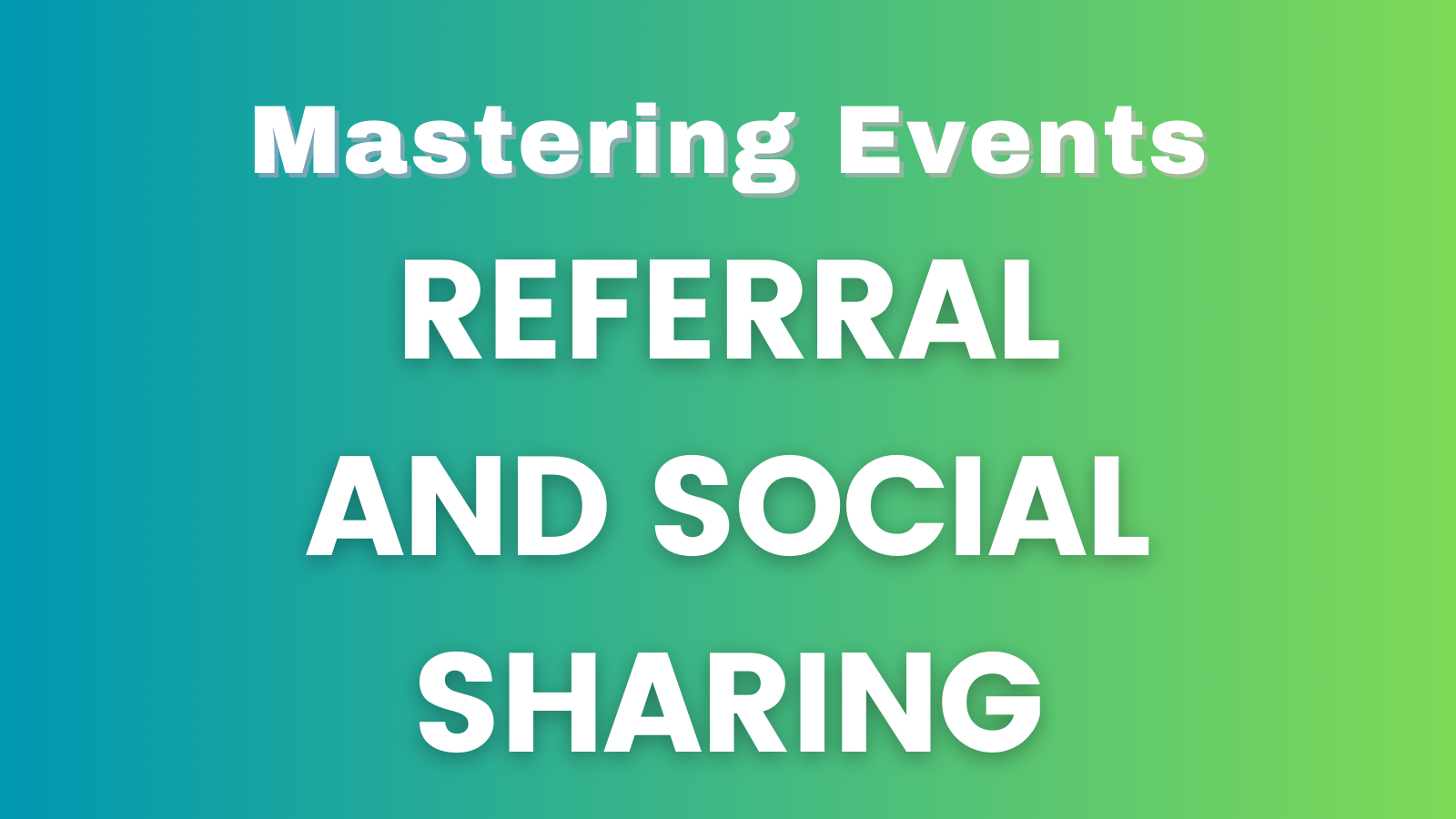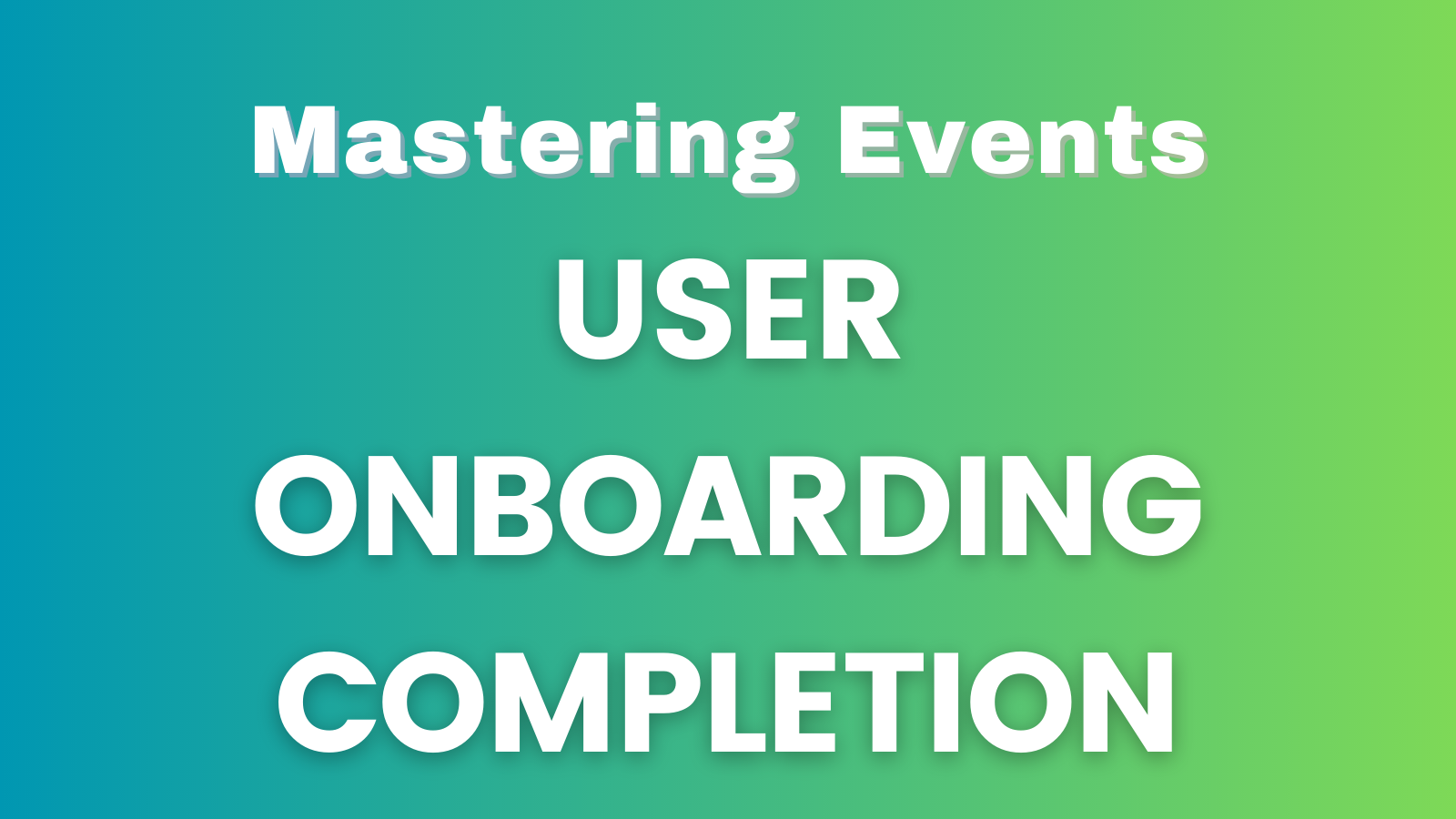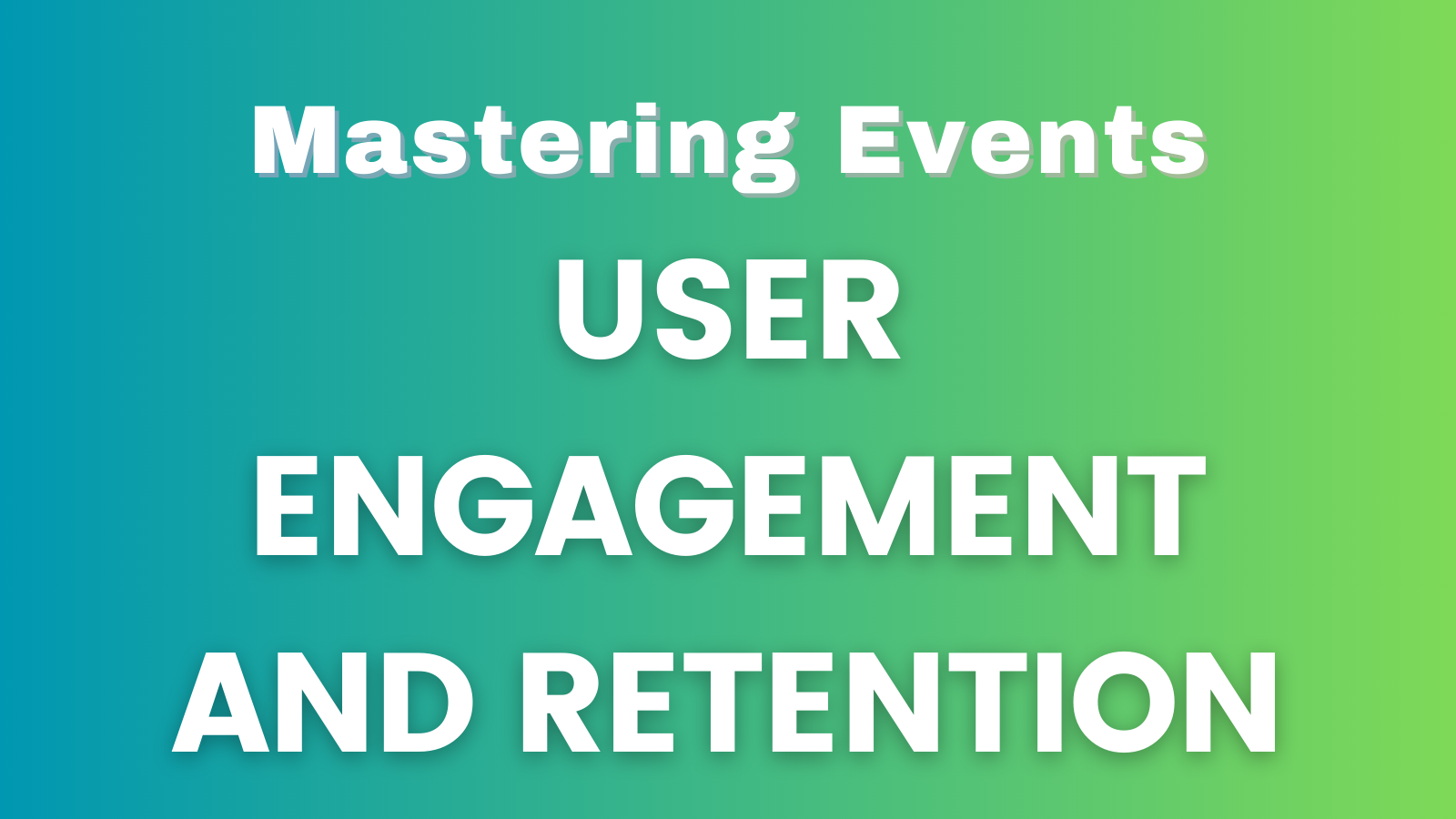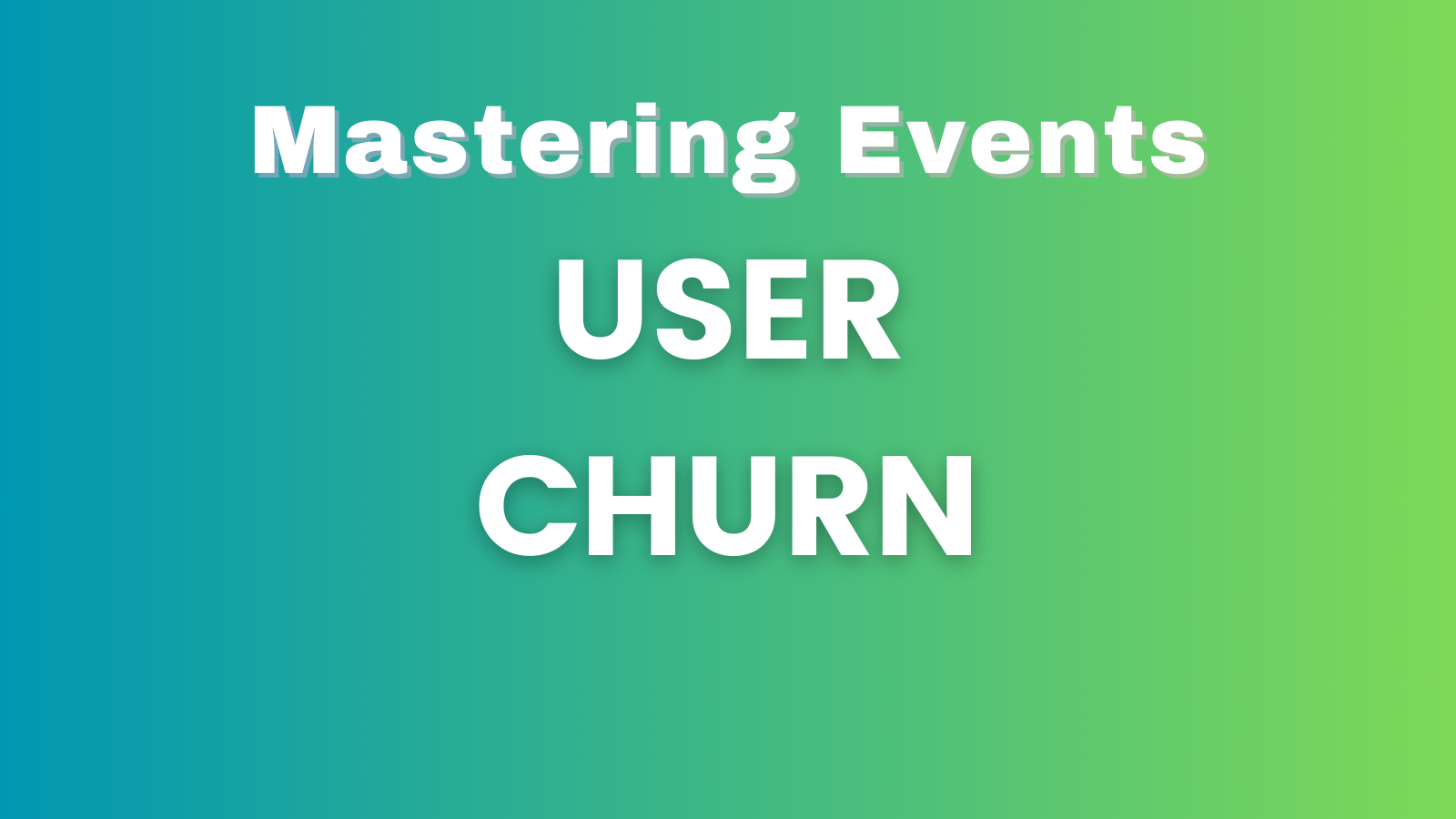Referral and social sharing programs have become invaluable tools for businesses looking to leverage the power of word-of-mouth marketing and tap into their users’ networks. In this article, we’ll delve into the strategies behind successful referral and social sharing initiatives, accompanied by real-world examples that illustrate the impact of user advocacy.
The Power of Referral Programs
Referral programs harness the inherent trust and influence that existing users have over their peers. By incentivizing users to refer others to your product or service, you not only acquire new customers but also tap into an engaged audience that’s more likely to convert due to the endorsement from someone they trust.
Example: Dropbox’s referral program is one of the most iconic examples. They offered users additional storage space for each friend they referred who signed up for Dropbox. This incentive encouraged users to share Dropbox with their networks, resulting in exponential user growth and brand advocacy.
Social Sharing as a Growth Engine
Integrating social sharing features into your product allows users to easily share their experiences, purchases, or achievements with their social networks. This taps into the viral nature of social media, as users’ posts can reach a wider audience, sparking curiosity and driving traffic back to your product.
Example: Airbnb’s integration with social media platforms enables users to share their upcoming trips and booked accommodations. By showcasing their travel plans to their friends and followers, Airbnb users indirectly promote the platform and encourage others to explore unique travel options.
Incentives and Win-Win Scenarios
Successful referral and social sharing programs often incorporate incentives that create a win-win scenario for both the referring user and the new user. This could be in the form of discounts, rewards, exclusive content, or additional features, fostering a sense of value and motivation for both parties.
Example: Uber’s referral program offers both the referring user and the new user a discount on their rides. This incentive not only encourages users to refer their friends but also gives new users a reason to try out the service.
Real-world Examples: Airbnb’s Double-Sided Referral Program
Airbnb’s double-sided referral program is a remarkable example of effective user advocacy. Both the referrer and the referred friend receive travel credits, providing a mutual benefit. This program has contributed significantly to Airbnb’s growth, incentivizing users to spread the word and inviting their friends to explore unique travel experiences.
By creating a virtuous cycle of sharing and rewards, Airbnb harnesses the power of its existing user base to organically expand its reach and drive user acquisition.
Implementing User Advocacy: Dropbox’s “Suggested Shares”
Dropbox, in addition to its classic referral program, introduced a feature called “Suggested Shares.” This feature prompts users to share files or folders with others who might find them relevant. By suggesting sharing options based on user behavior and interactions, Dropbox encourages users to collaborate and advocate for its platform.
This example demonstrates how user advocacy can extend beyond traditional referrals and become an integral part of the product experience, ultimately contributing to user satisfaction and growth.
In conclusion, amplifying your product’s reach through referral and social sharing strategies can yield impressive results in terms of user growth and engagement. By leveraging the influence of your existing users and creating win-win scenarios through incentives, you can turn your user base into a powerful network of advocates. Learning from real-world examples highlights the effectiveness of these strategies in driving organic growth. Remember, user advocacy isn’t just about acquiring new users; it’s about fostering a community that champions your product and contributes to its success.
This article is part of the Mastering Events series.





